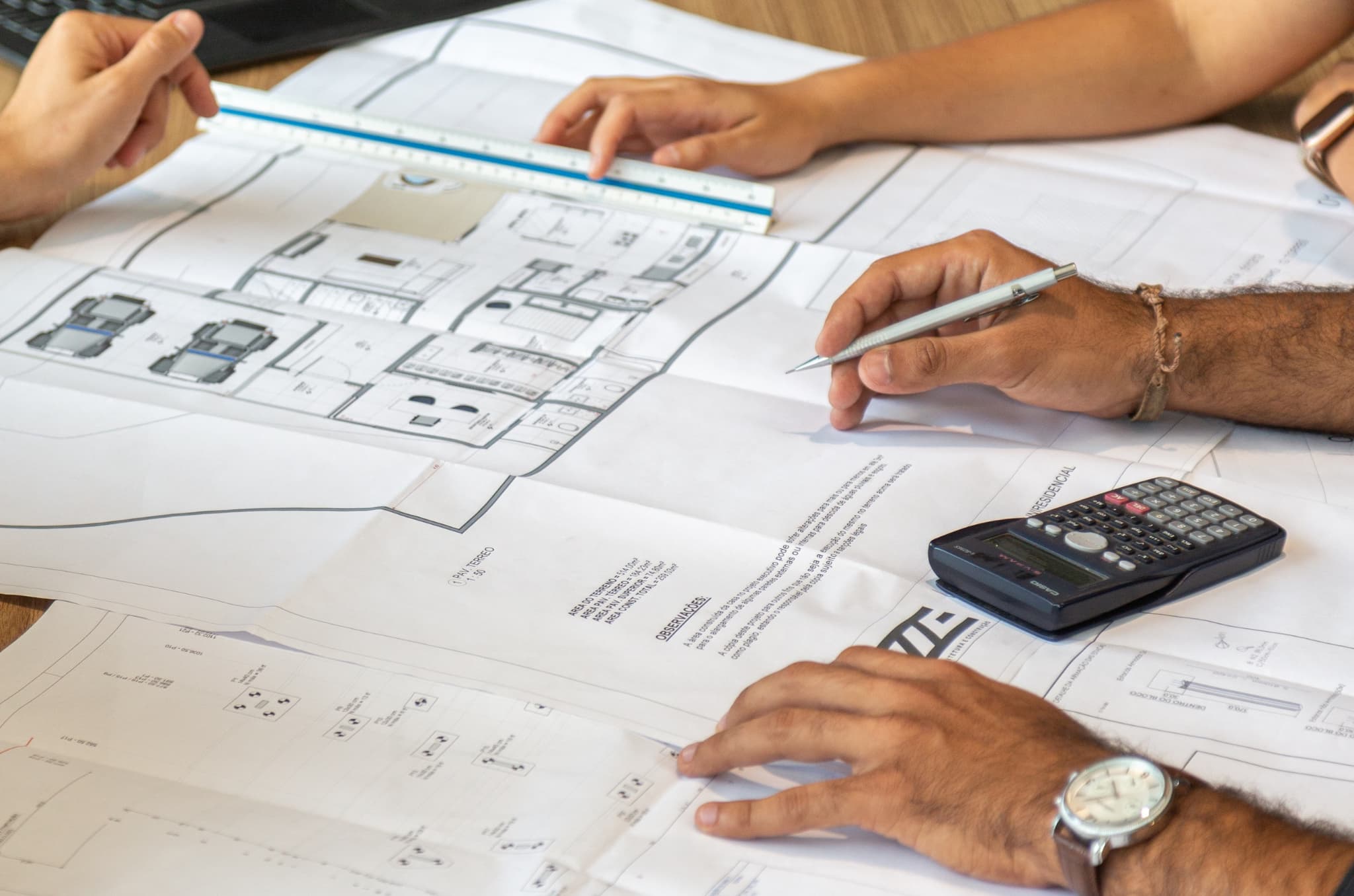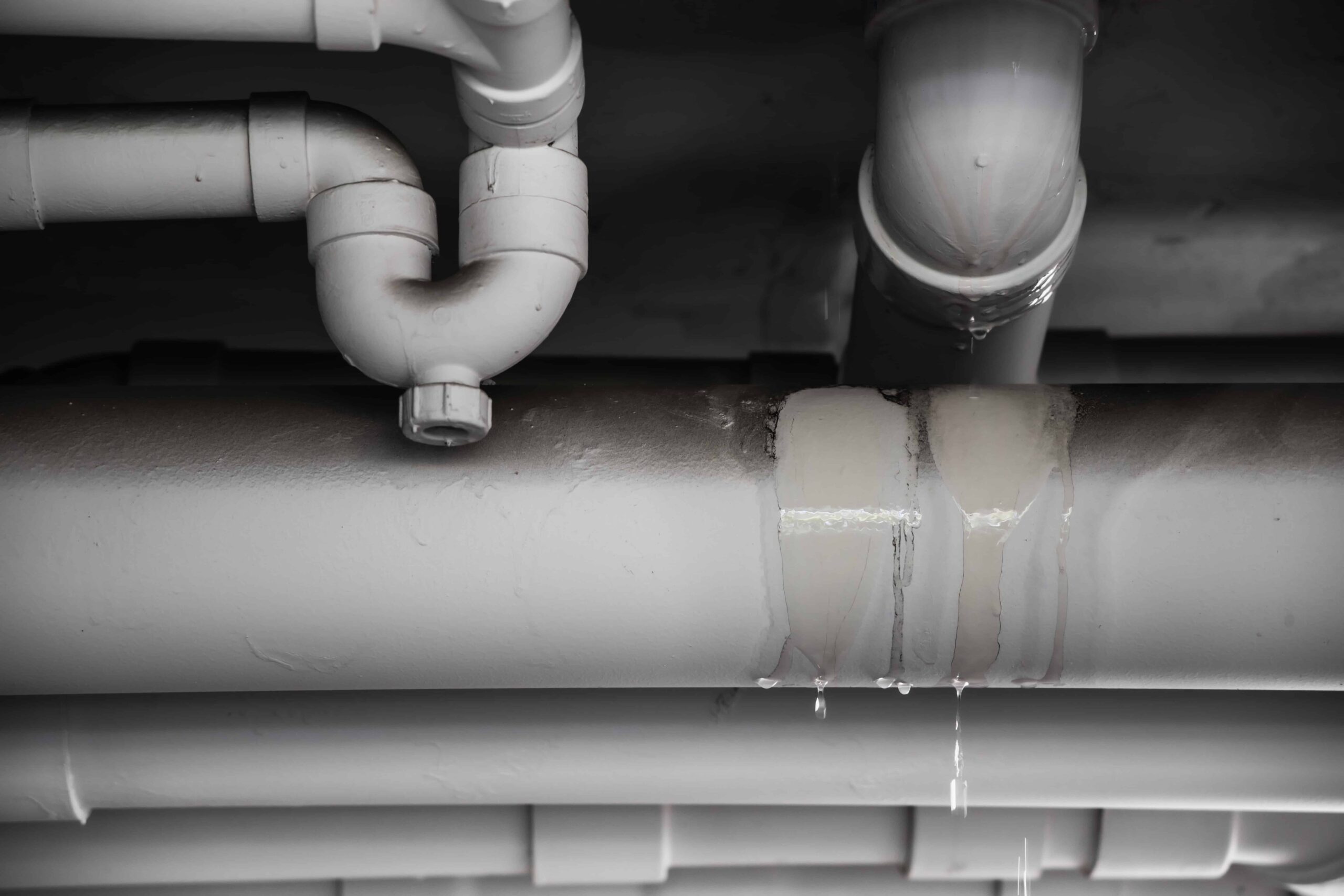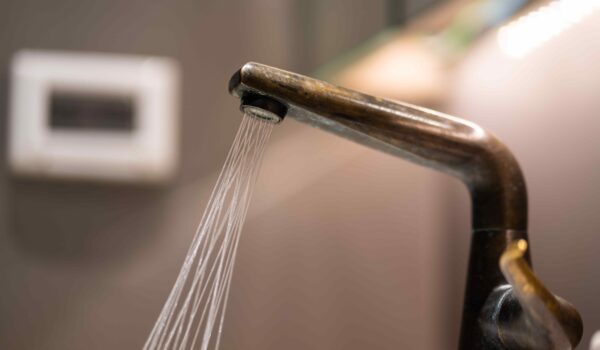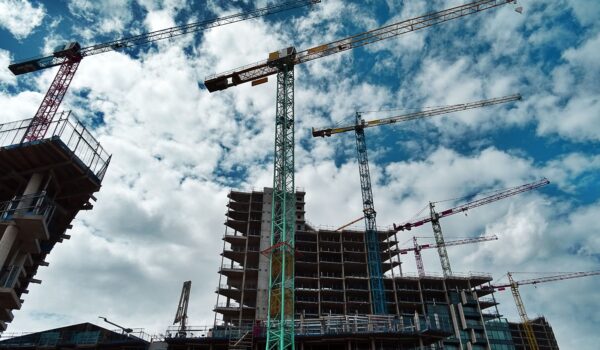Money is always an object, with the plumbing and construction industries no exception to this rule. Over the years, it has become standard practice for contractors to review the materials used in different building systems to find ways of doing things cheaper.
Value engineering, the term used to describe this process, has succeeded in putting cost at the top of the agenda – but often at the expense of other important factors directly linked to the quality and safety of the systems in question.
Working towards a more balanced analysis of different piping materials, a new report from CuSP member, Safe Piping Matters, looks at how value engineering can be used to save costs while also raising standards in the plumbing industry.
Rethinking the value engineering process
For many architects, engineers and contractors, value engineering has something of a tainted reputation, with the exercise often leading to the use of inferior materials that soon prove to be unfit for the job.
There are numerous cases of ‘value-engineered’ systems failing prematurely and incurring far greater costs through repairs, replacements and liability than the amounts saved during installation.
A recent example comes from Baltimore’s Hilton hotel, which was constructed using steel pipes rather than the copper pipes originally specified by architects.
The pipes caused extensive damage to the hotel, turning the $2.6 million initially saved by contractors into a legal liability reportedly settled at a cost of over $18 million.
While such occurrences are worryingly common, there is nothing inherently wrong with the motives that underpin value engineering – the issue is that the exercise is often carried out negligently.
As the report emphasises, greater consideration needs to be given to the range of factors influencing the performance of different piping materials, so that potential pitfalls that may initially have been hidden can be guarded against.

Learn more about the rise of value engineering below.
The hidden costs of plastic pipes
Within the plumbing industry, value engineering is routinely used to justify the use of plastic pipes, which typically come with lower up-front costs than other commonly used materials like copper and cast iron.
However, by focusing on the more visible costs associated with procuring raw materials and paying for labour, other costs that can arise further down the line from performance deficiencies are often glossed over.
Over the service life of the plumbing system, these costs can greatly outweigh the initial savings made. Below, we shed light on some of the hidden costs associated with plastic pipes that should be considered as part of the value engineering process.
Extra allowances for fire safety
Unlike metal pipes, which have naturally high melting points, plastic pipes will burn in a typical structural fire.
To mitigate these risks, plastic pipes are specially treated with flame retardants and equipped with firestopping caulks and fasteners, as well as intumescent wraps where the pipes pass through walls.
Not only does these additional components incur extra costs, but they also increase the complexity of the installation and, in turn, the risk of error.
Should these components fail, the damage can be devastating as flames from burning plastic spread quickly and also expose occupants to toxic fumes.
The need for structural support
One of the chief benefits of plastic pipes is their flexibility and comparatively low weight, however these same properties mean that plastic pipes typically require more support than metal pipes in aboveground and belowground installations.
Hanging pipes
With hanging pipes, such as those used in plenum spaces (space between ceiling and roof used to circulate air) and utility areas, plastic’s lower levels of resistance under stress can cause pipes to sag unless adequate suspension components are fitted.
One study comparing copper pipes with CPVC pipes for a hanging fire sprinkler system found that copper pipes required 20–33% fewer supporting hangars, saving around 80 minutes of labour across a modest-sized, 500-foot installation.
Underground pipes
In underground environments, the lighter weight of plastic pipes makes them more susceptible to issues associated with buoyancy.
Where forces on the pipe exceed the weight of the pipe and backfill, there is a risk of the piping floating upward in the soil, which can cause serious structural damage.
Recommendations for installing underground plastic pipes often include strapping saddle bags on top of pipes, adding concrete collars and installing anchors, all of which entail additional labour and raw materials costs.
Chemical incompatibilities
One factor that is often overlooked when installing pipes – and is especially important when replacing existing pipes – is possible exposure to materially incompatible chemicals that can alter the composition of the pipe and potentially lead to failure.
Metals pipes are mostly impervious when it comes to corrosion from chemicals. Plastic pipes, on the other hand, are notoriously susceptible to UV radiation and can also be severely damaged by common products like lubricants, cleaning solutions and fire-stopping materials.
Special care should therefore be taken to reduce the risk of exposure in janitorial cupboards, areas under sinks and other places where harsh chemicals are often stored.
The threat of thermal expansion
Another issue facing plastic pipes is thermal expansion, which can occur when pipes are exposed to temperature fluctuations. These changes cause pipes to expand and contract, loosening the joints and fittings that keep the system intact.
Plastic pipes – particularly HDPE and CPVC – have vastly greater thermal expansion coefficients than metal pipes, making them more susceptible to structural damage from thermal expansion.
This is an important factor to consider in areas prone to changes in temperature. These are typically the unconditioned parts of a building, like attics, garages, stairwells, shafts and exterior walls.

Learn more about the pitfalls of plastic pipes below.
Getting true value out of value engineering
While value engineering can save money on paper, the reality is that many value-engineered plumbing systems eventually end up costing more than the materials that were originally specified.
Considering the lifetime costs of plastic, including the additional raw materials and labour needed for fire safety and structural support, as well as the likelihood of more frequent repairs and earlier replacement, the commonly held view that plastic pipes are always cheaper than metal pipes comes into question.
Ultimately, different piping materials have different properties, rendering them suitable to some but not all environments. For value engineering to be successful, it needs to account for these differences in performance and be used on a case-by-case basis.
The best option should not only be cost-effective; it also needs to perform to the standards dictated by the environmental factors at play – and this may not always be plastic.
Want to learn more about best practices in the plumbing industry and the superior qualities of copper for piping systems? Check out our other news items or subscribe to our newsletter.

